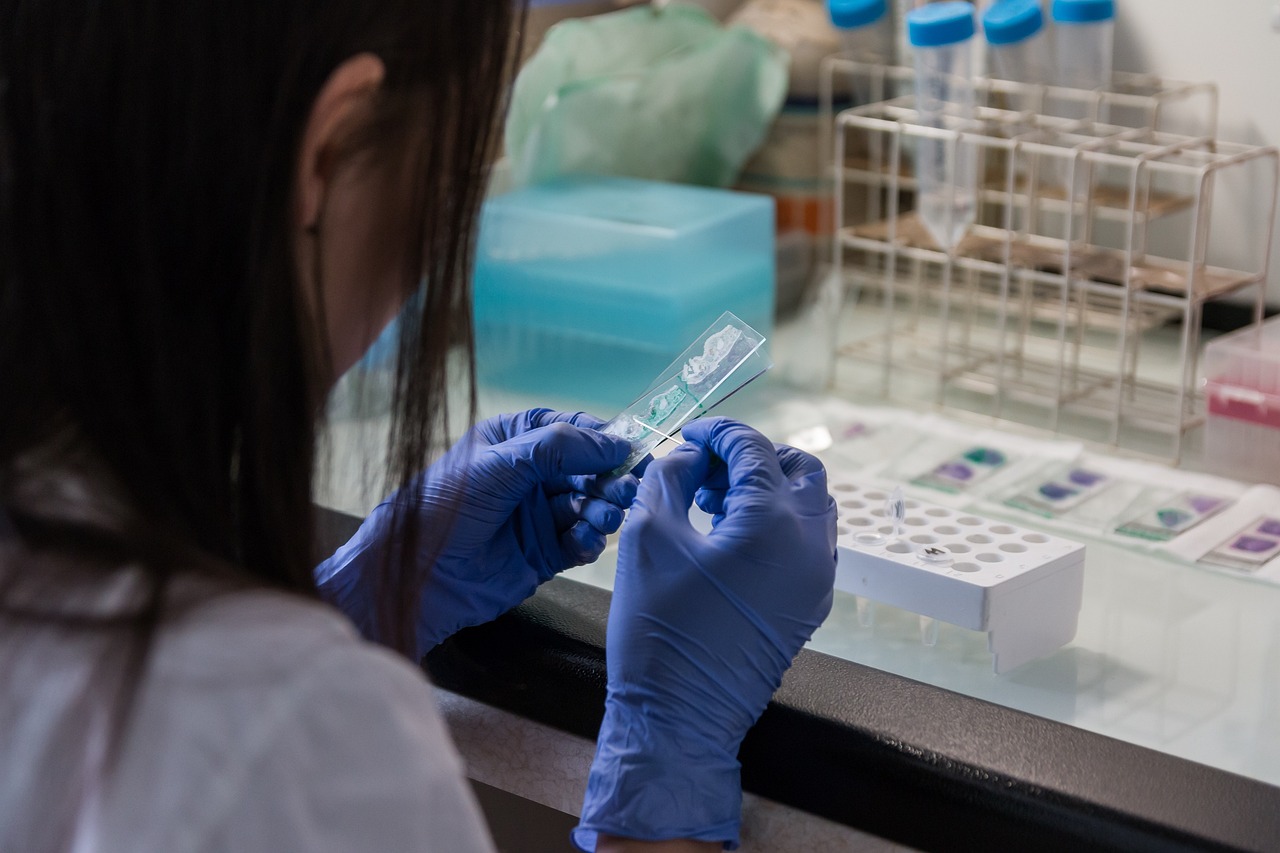Microfluidic devices are small, low-cost chips that can conduct complex medical tests. These tiny devices operate by manipulating small volumes of liquid through a small channel. So small and simple that many fit on a single chip. It’s easier to use, cheaper, and faster than traditional methods.
Initially, microfluidic devices were developed for inkjet printers. The technology was later adapted for medical use when it was discovered that the device could be used to test blood, saliva, and other fluids. Microfluidic devices were particularly helpful in developing countries with limited resources.
Advancements in technology have made the devices more sophisticated and capable of performing a wider range of tests. They are now being used to detect illnesses such as HIV, malaria, and cancer. One of the main benefits of these devices is that they offer real-time results, allowing physicians to diagnose and treat patients more quickly.
Because of their compact size, microfluidic devices can be used in remote areas where traditional medical equipment is unavailable. The portable nature of the device allows doctors to get instant results even while on the go.
The power of the microfluidic device is only just beginning to be exploited. The technology has changed the way medical professionals perform tests, making diagnoses quicker and more accessible. With the potential for better, faster, and cheaper tests, the implications of microfluidic devices in medicine are astounding.

